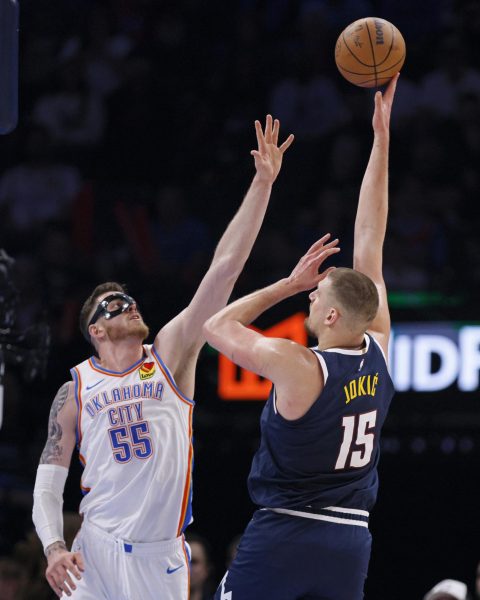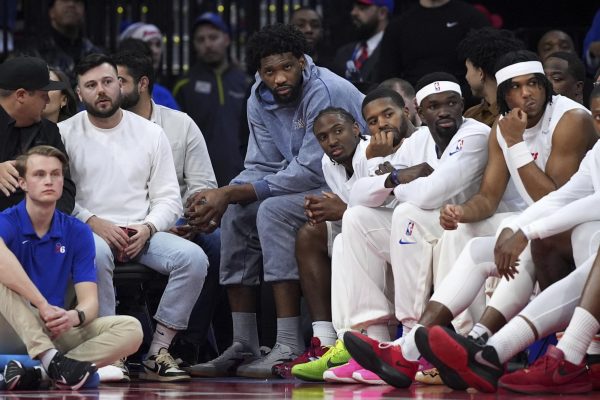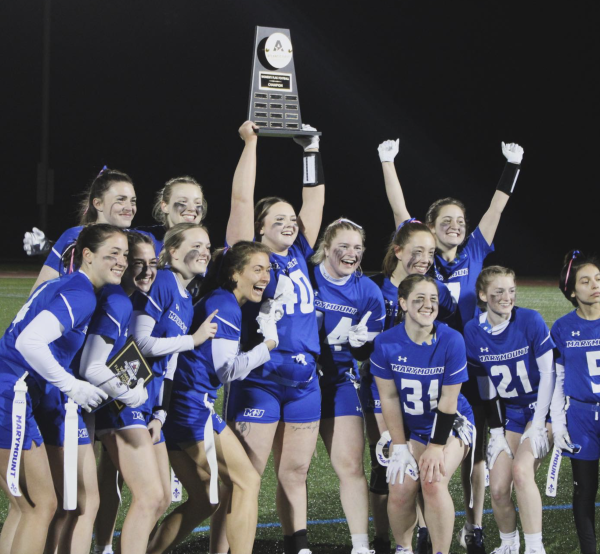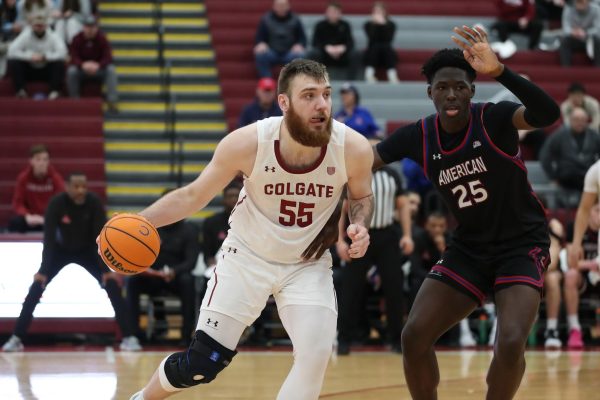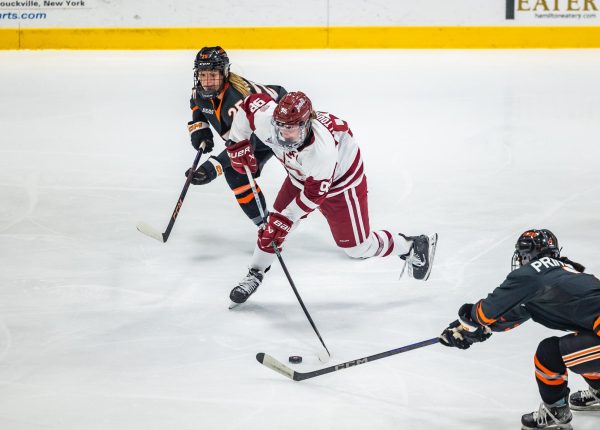Superteams are Good for the NBA’s Popularity
The National Basketball Association is currently driven by star power, so it certainly seems to make sense to get as many stars on one team as possible. Stars have the ability to draw in fans and sell merchandise, unlike the under-the-radar players.
While superteams have certainly drawn the ire of many fans and analysts of the NBA, they have undoubtedly raised the profile of the NBA as a whole.
While LeBron James often receives most of the credit for the idea of the modern superteam, it was actually the 2008 Celtics team with newly acquired stars Ray Allen and Kevin Garnett, joining Paul Pierce and a young Rajon Rondo who kickstarted this trend.
Next came James’ famed decision in 2010 that allowed both him and Chris Bosh to team up with Dwayne Wade and lead the Miami Heat to two championships and four finals over a four-year span.
The following year, James left Miami and returned home to Cleveland to form another superteam with Kevin Love and Kyrie Irving. James’ new team enjoyed similar success, capturing another championship in four straight finals appearances.
All three of the Cavs’ losses in that championship came against a new super- team, the Golden State Warriors, featuing Stephen Curry, Klay Thompson and Draymond Green.
After failing to defend their title in 2016, the Warriors added former league MVP and top-three player Kevin Durant to a 73-win team and have proceeded to win the previous two championships, with a third well in sight. The addition of perennial all-star center Demarcus Cousins bolstered the roster during the 2018 offseason.
Each year, a select group of teams with at least two- or three-star players identify themselves as contenders, while the rest of the league either floats around mediocrity or accepts defeat and turns to tanking and the draft as the answer to their problems.
Naturally, fans of these lesser teams often get frustrated by their team’s lack of success and feel as if the NBA is worse off because of this new trend of super- teams. However, superteams may actually be good for the league.
First, NBA ratings are at an all-time high. Fans want to watch the league’s top players, and the 2017-2018 regular season saw television ratings increase on all four major networks that broadcast games (ABC, TNT, ESPN and NBATV).
Attendance records were broken, more merchandise was sold than ever before and the value of NBA franchises have never been higher.
The reason superteams have generated success for the NBA goes well beyond numbers. Die-hard fans will root for their team no matter the circumstance. Rather than trying to draw those fans in, the NBA, like most other professional sports leagues, focuses their efforts on the casual fan and turning that fan into a die-hard one day.
To draw these casual fans in though, the NBA needs to showcase the very best product, which comes in the form of two superteams battling it out for 48 minutes on the hardwood.
Superteams allow the NBA to become the best version of itself. The buzz these teams create with their play on the court and constant discussion they cause in the media has undoubtedly caused the NBA to skyrocket in popularity over the last few years.
This year’s upcoming free agent class including Durant, along with Kawhi Leonard, Kyrie Irving and Klay Thompson among others in addition to trades (the Rockets reportedly offered four first-round picks for Jimmy Butler) has the power to shape the NBA landscape for years to come.
The superteam model has already altered the NBA in previously unimaginable ways over the last decade and should shape the league for the foreseeable future.
Contact Zach Schiller at zschiller@colgate.edu.


